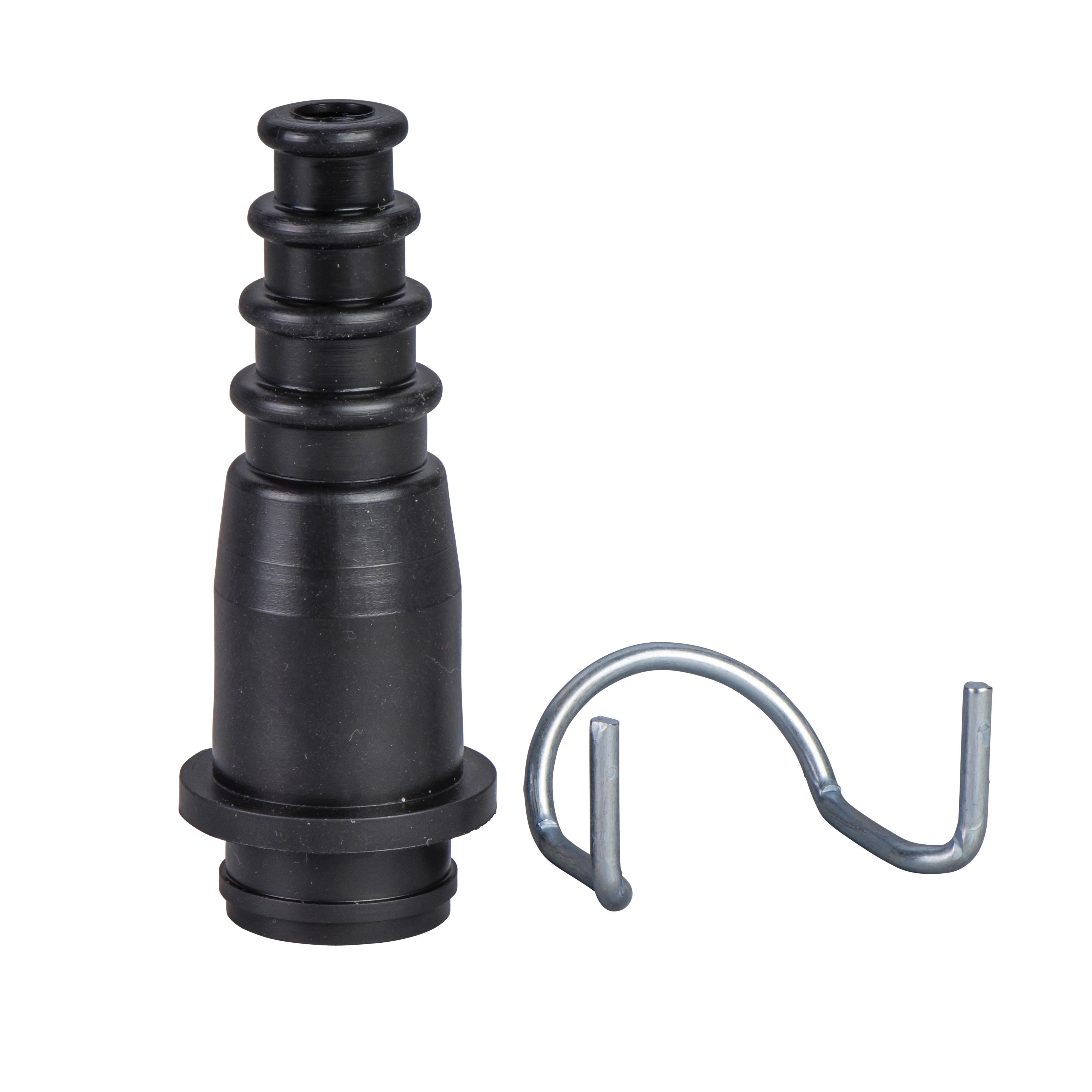The Role of Limit Switches in Industrial Automation
Posted on Wednesday Jan 22, 2025 at 06:45PM in Educational Resources
August 12, 2025
The Role of Limit Switches in Industrial Automation
TL;DR (90 words)
• Limit switches are rugged electromechanical devices that detect motion or position and trigger safety or process control systems. Fundamental to industrial automation—from factory floors in Nassau County to marine setups on Suffolk County docks.
• Choosing the right switch means matching it to environmental factors like humidity, dust, salt air, and temperature swings common on Long Island (NY) job sites.
• Compliance with NEC, OSHA, and NEMA standards protects safety and keeps inspectors happy.
• Implementation checklist included. Watch for corrosion, false triggering, & misalignment.
• Internal Revco links guide your next steps.
Why this matters
Automation fails fast if sensors fail. On Long Island project sites—whether you're near the Oyster Bay shoreline or inland in Nassau County—environmental stress (salt air, freezing temps) wears limit switches fast. Spec’ing the wrong part can mean breakdowns, lost labor, and angry clients. Limit switches let you automate reliably when chosen and installed right. What you do today determines whether a system hums or hollers for a repair crew.
Fundamentals
Limit switches are mechanical position sensors. An actuator touches or moves past a cam, rod, or edge. That motion triggers the switch to open or close the circuit. You get:
Precise control of motion endpoints
Fail-safe safety cutoffs
Local feedback to PLCs or controllers
Long Island-specific twist: choose weatherproof (NEMA 4X or better) enclosures to fight coastal corrosion. Match actuators to your operating environment (plastic arms for less abrasion, stainless steel for salt spray).
Legal & platform policies
Work starts with compliance—no exceptions:
NEC Article 409 covers industrial control panels, including switch ratings and enclosure requirements.
OSHA 29 CFR 1910.307 mandates live parts be guarded.
NEMA Type 4X rating ensures enclosures withstand corrosion—critical on Long Island job sites near saltwater.
UL 508/508A covers industrial control equipment performance and safety.
Fact: Limit switches installed in corrosive environments must meet NEMA 4X requirements and be UL listed, protecting crews and covering compliance. Provide anchor link to NEC, OSHA, NEMA, UL.
Action plan (step-by-step)
Identify operating environment (coastal Suffolk County, high-dust Nassau County, marine load-out docks).
Select switch with proper enclosure (NEMA 4X / stainless steel).
Match electrical ratings to your control voltage and current.
Choose actuator type based on contact point (roller lever, plunger, whisker).
Wire using UL-listed wiring methods per NEC.
Mount at accessible height—future servicing counts.
Tag, test, and document during commissioning.
Worked Examples
Example 1 — Packaged goods line (Suffolk County, indoor)
NEMA 1 enclosure applied.
Operating at 120 VAC, 5 A. Use a standard heavy-duty limit switch rated 600 VAC, 15 A.
Roller lever arm senses product position.
Wired into PLC input, tested across 10,000 cycles to ensure reliability.
Example 2 — Boatyard lift control (Coastal Nassau County)
NEMA 4X, stainless-steel body switch.
24 VDC, 10 A rated.
Plunger actuator exposed to salt air.
Installed with corrosion-resistant conduit and tested monthly for actuation force drift.
Implementation notes & pitfalls
Mount too tight = false triggering.
Too loose = missed actuation.
Skip rating checks = burnt contacts and warranty voids.
Oceanfront installs need sacrificial zinc or stainless mounting hardware.
Document cycle life—know when to pre-replace, not wait for failure.
Measurement plan
Track these KPIs:
Actuation failure rate (downtime events per month).
Maintenance intervals (days between service actions).
Replacement cost vs projected runtime.
Cadence: inspect monthly in harsh Long Island environments, quarterly inland.
Instrumentation: use PLC counters to log switch hits. Tag switches with install date and baseline actuation force.
Troubleshooting & mistakes
| Issue | Symptoms | Fix |
|---|---|---|
| Corroded actuator | Sticking or unreliable actuation | Replace with stainless, apply corrosion coating |
| Misalignment | Inconsistent signal | Re-measure and remount |
| Voltage mismatch | Burnt contacts | Swap to proper-rated switch |
Resources & related Revco pages
Need part specs? Check Revco’s blog on The Role of Limit Switches in Industrial Automation for sensor guides and real-world layouts.
Use Revco’s Lighting category when planning control panel illumination near switches.
Explore larger control accessories with Motor control accessories blog to integrate limit-switch feedback.
When to escalate
Field failures > 3 per year.
Code inspection flags limiting switch non-compliance.
Avalanches of false triggers during startup or shutdown.
If these crop up, call Revco’s technical team or consult an electrical inspector familiar with Suffolk or Nassau County codes.
Legal disclaimer
This document provides general guidance on limit switches in industrial automation. It is not legal advice. Electrical work must comply with NEC, local Long Island codes, and facility safety regulations. For specific applications or legal concerns, consult a licensed professional or local authority having jurisdiction.
FAQ
Q1: How often should limit switches be inspected in coastal environments?
Monthly inspections are recommended in salt-wet areas of Long Island like ports or marinas.
Q2: Do I need special conduit for limit switch wiring near the shore?
Yes, use corrosion-resistant conduit or coatings per NEC and local code.
Q3: Can I mount limit switches outdoors in winter?
Yes—if the enclosure is NEMA 4X or better, rated for freeze-thaw and water ingress.
Q4: What’s the difference between UL 508 and UL 508A?
UL 508 covers industrial control equipment. UL 508A is for the panel assembly containing that equipment.
Q5: Are there Long Island-specific electrical code amendments?
Yes. Always confirm with Nassau County or Suffolk County code enforcement for local amendments beyond NEC.
About Revco Lighting & Electrical Supply
Since 1978, Revco Lighting & Electrical Supply has been helping professionals bring their projects to light, literally. As a go-to source for lighting and electrical products across Long Island, NY and nearby areas, we specialize in supporting contractors, builders, and industry experts with practical solutions and dependable service. Whether it’s a complex commercial build or a simple residential upgrade, we’re here to make sure you have what you need, when you need it.
